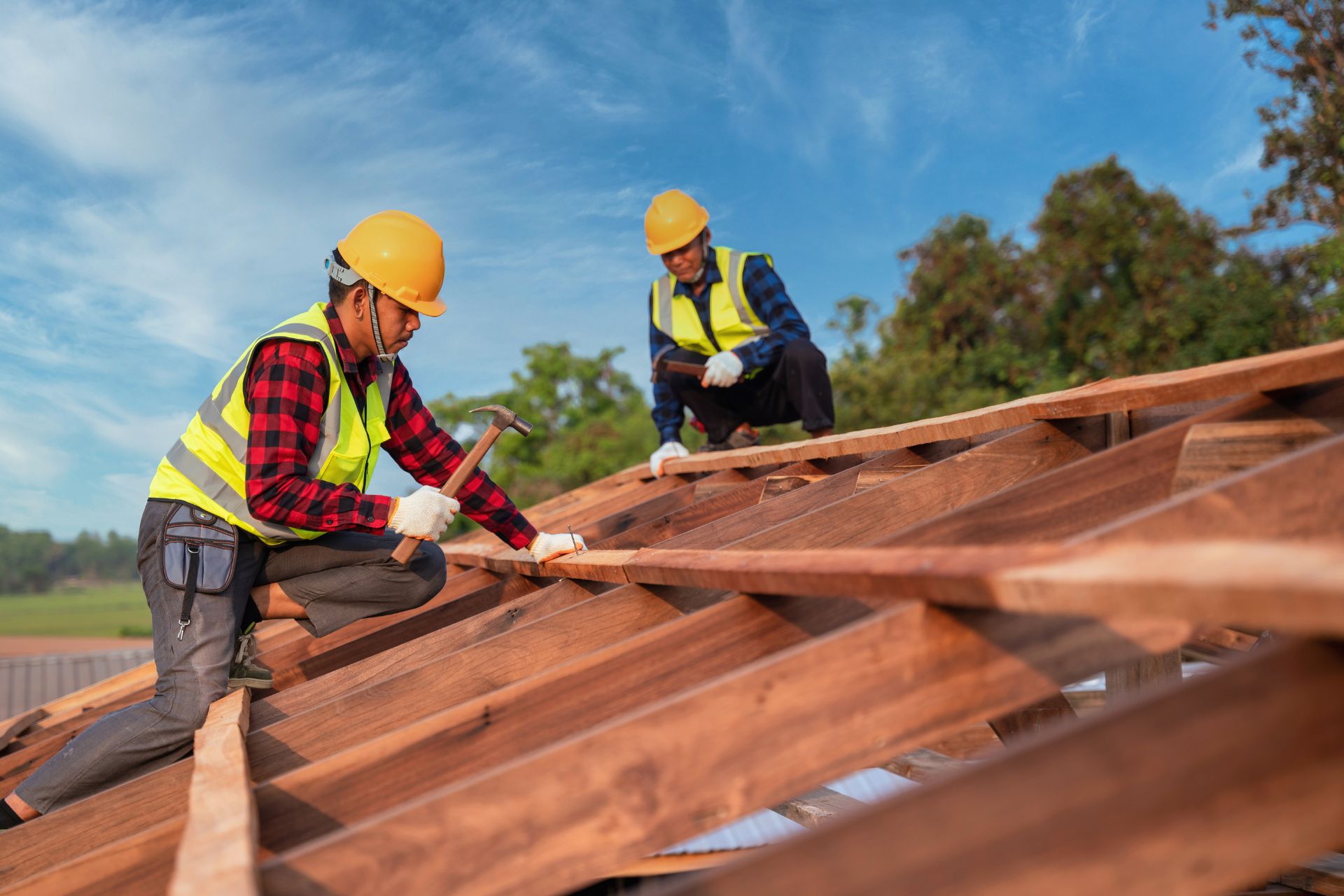Trick Considerations for an Effective Roofing System Installation: Attaining Longevity and Performance
In beginning on the journey of roofing setup, one should prioritize essential factors to consider to ensure both durability and performance. The selection of materials, customized to hold up against neighborhood climate problems, plays a pivotal function in preserving structural integrity. As we explore these aspects, it becomes apparent that a successful roofing system setup is not merely regarding covering a framework yet concerning crafting a resilient and lasting option.
Choosing the Right Products

Environment plays an essential duty in product selection. In regions susceptible to heavy rainfall or snow, products like asphalt tiles or steel roof covering with high water resistance are a good idea. On the other hand, in hot climates, materials with reflective buildings, such as trendy roofing membranes or ceramic tiles, can help in reducing energy prices by dispersing sunshine.
Spending plan factors to consider also influence product choice. While costs products like slate or clay tiles provide resilient performance, they feature higher ahead of time costs. They can prove economical over time due to their very little maintenance demands and extended lifespan.
Last but not least, the architectural design of the building ought to integrate with the roof material. Conventional homes may benefit from wood tiles, whereas contemporary structures could decide for sleek metal coatings. By carefully weighing these elements, you can pick products that straighten with both functional and visual goals.

Comprehending Roofing System Layout
Recognizing roofing system style is vital in achieving a well-functioning and visually pleasing structure. The layout of a roofing system influences not just the visual appeal yet likewise the architectural stability and functionality of the structure. A thoughtfully made roofing system can improve the general architectural design while making certain reliable drain, insulation, and ventilation.
Key elements of roof covering style include the pitch, shape, and structural assistance system. The pitch, or incline, establishes how effectively water and particles are lost from the roof surface, influencing the life expectancy of roofing products. Usual roofing system forms consist of gable, hip, level, and mansard, each offering distinct advantages and aesthetic top qualities. For example, gable roof coverings are popular for their simplicity and efficient water dropping, while hip roofing systems provide phenomenal stability in high wind areas.
Structural support group, such as trusses and rafters, are important in distributing weight and preserving the roofing's stability. Appropriate layout makes certain that the roof covering can withstand environmental loads and withstand deformation. In addition, integrating features like overhangs and eaves can shield the structure's façade and enhance energy efficiency by giving color and decreasing heat gain.
Ultimately, a well-considered roof covering style balances create, function, and resilience, contributing to the lasting success of the installation.
Climate Factors To Consider

In hot and bright climates, roofing materials must show, instead of soak up, solar warmth to maintain energy performance and prevent excessive thermal growth, which can lead to material deterioration - Keep Dry Roofing St Peters MO. On the other hand, in cooler regions, materials should offer ample insulation to avoid warm loss and stand up to freeze-thaw cycles that can trigger splitting and various other architectural issues
Additionally, the option of shade and coating can significantly influence a roof's thermal performance, particularly in locations with extreme temperature variations. Regional building regulations frequently provide guidance on appropriate products and layouts, showing regional climate issues. A comprehensive understanding of weather conditions is important for choosing materials and layouts that make sure a roofing system's optimal performance over its life expectancy.
Installment Best Practices
Efficient roofing installation is read a vital element of ensuring lasting longevity and efficiency. Utilizing high-quality roof shingles, underlayment, and flashing tailored to the specific climate and structure design will certainly enhance the roofing's durability.
Equally important is the prep work of the roofing system deck. Ensuring that the deck is clean, dry, and structurally sound prior to installation avoids issues such as leaks and early wear. Correct air flow is one more crucial factor to consider, as it mitigates wetness build-up and thermal stress, thus lengthening the roof covering's lifespan.
Precision in dimension and placement during the installation process is essential. This involves accurate placement of shingles and meticulous interest to overlapping, which stops water access. Utilizing specialist, experienced labor makes sure these criteria are met, reducing the threat of mistakes that can jeopardize the roof covering's efficiency.
Energy Performance Techniques
Enhancing a roofing my review here system's energy efficiency is a critical factor to consider for reducing power prices and ecological influence. By choosing suitable materials and innovations, house owners and builders can dramatically enhance the thermal efficiency of a roofing system, therefore decreasing power consumption.
Furthermore, the consolidation of appropriate insulation is critical in avoiding heat transfer between the exterior and interior of a building. Insulation materials with high R-values, such as spray foam or rigid foam boards, are reliable in keeping a consistent indoor temperature level, thus optimizing heating and cooling system performance.
Moreover, the integration of photovoltaic panels on rooftops not just produces renewable resource however can additionally give color, additional reducing heat gain (Keep Dry Roofing St Peters MO). Developments like great roof coverings, which use finishings to show even more sunshine, are also obtaining popularity for their ability to lower roof temperature levels
Final Thought
To conclude, achieving a successful roofing setup demands an extensive strategy that incorporates the selection of top notch products tailored to specific weather conditions, thoughtful layout considerations for optimum drainage and structural stability, and adherence to thorough installation practices. These aspects collectively make sure the avoidance of dampness accumulation and thermal anxiety, thus improving the roof's longevity and effectiveness. Incorporating strategies to boost energy performance better see this site adds to lowering upkeep requirements and lowering energy intake over the roofing system's lifespan.